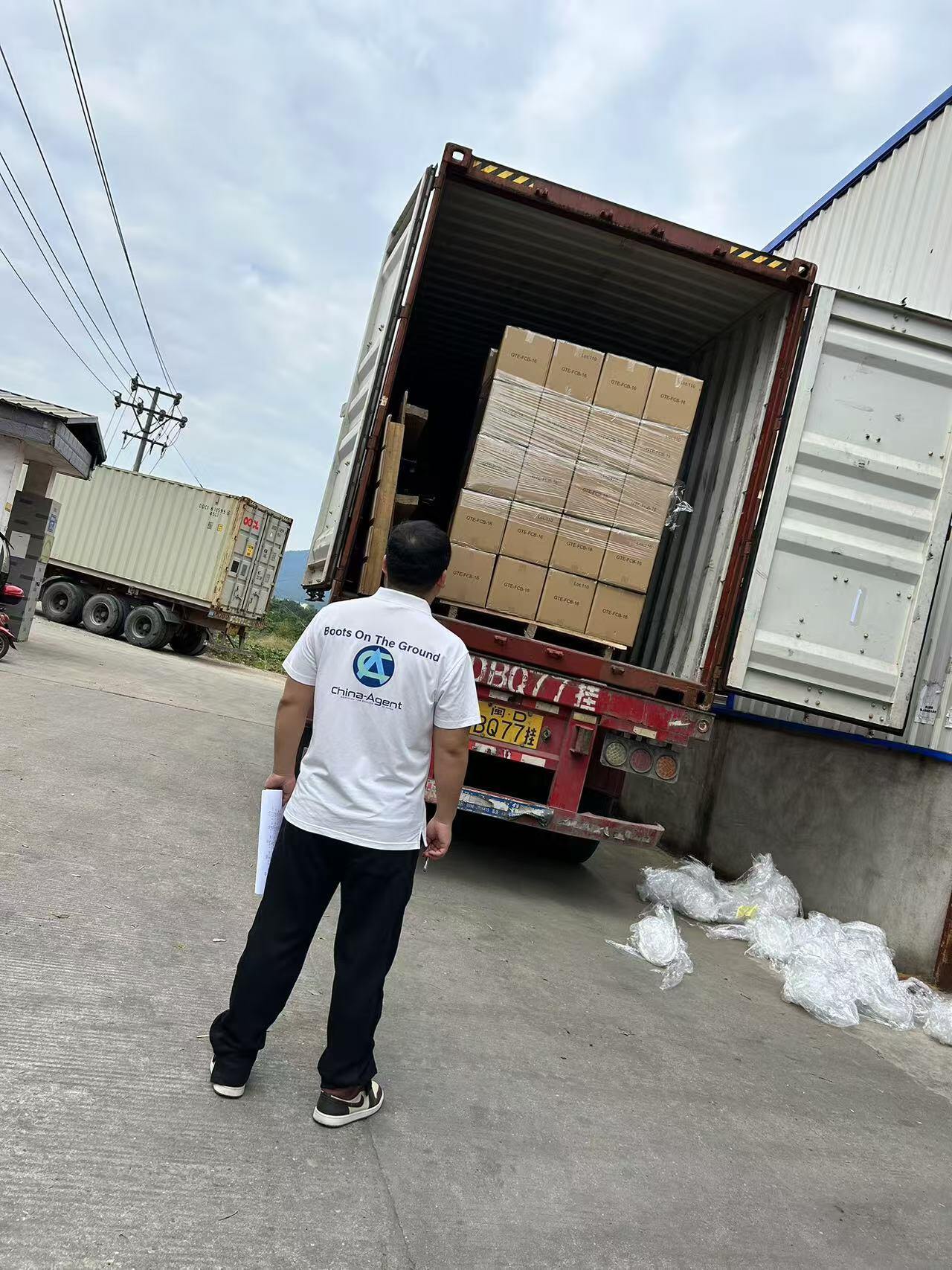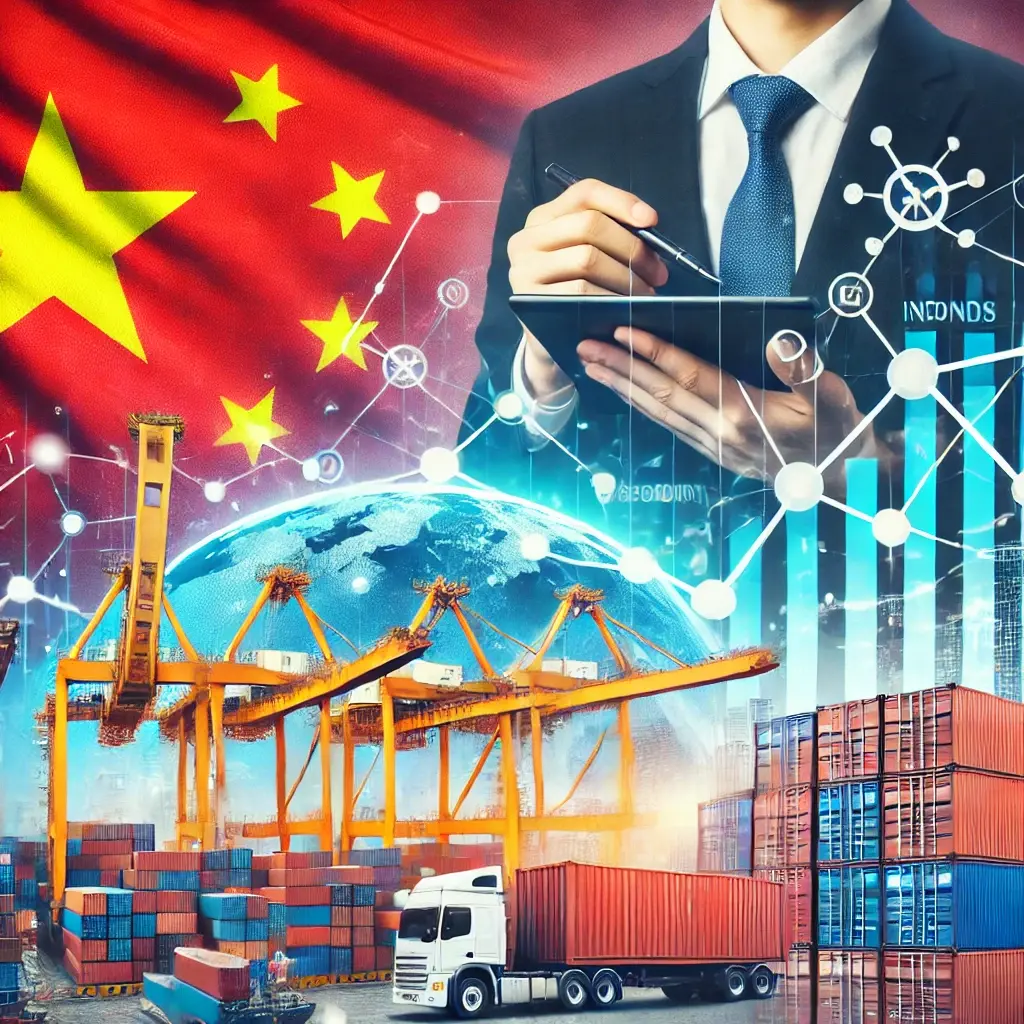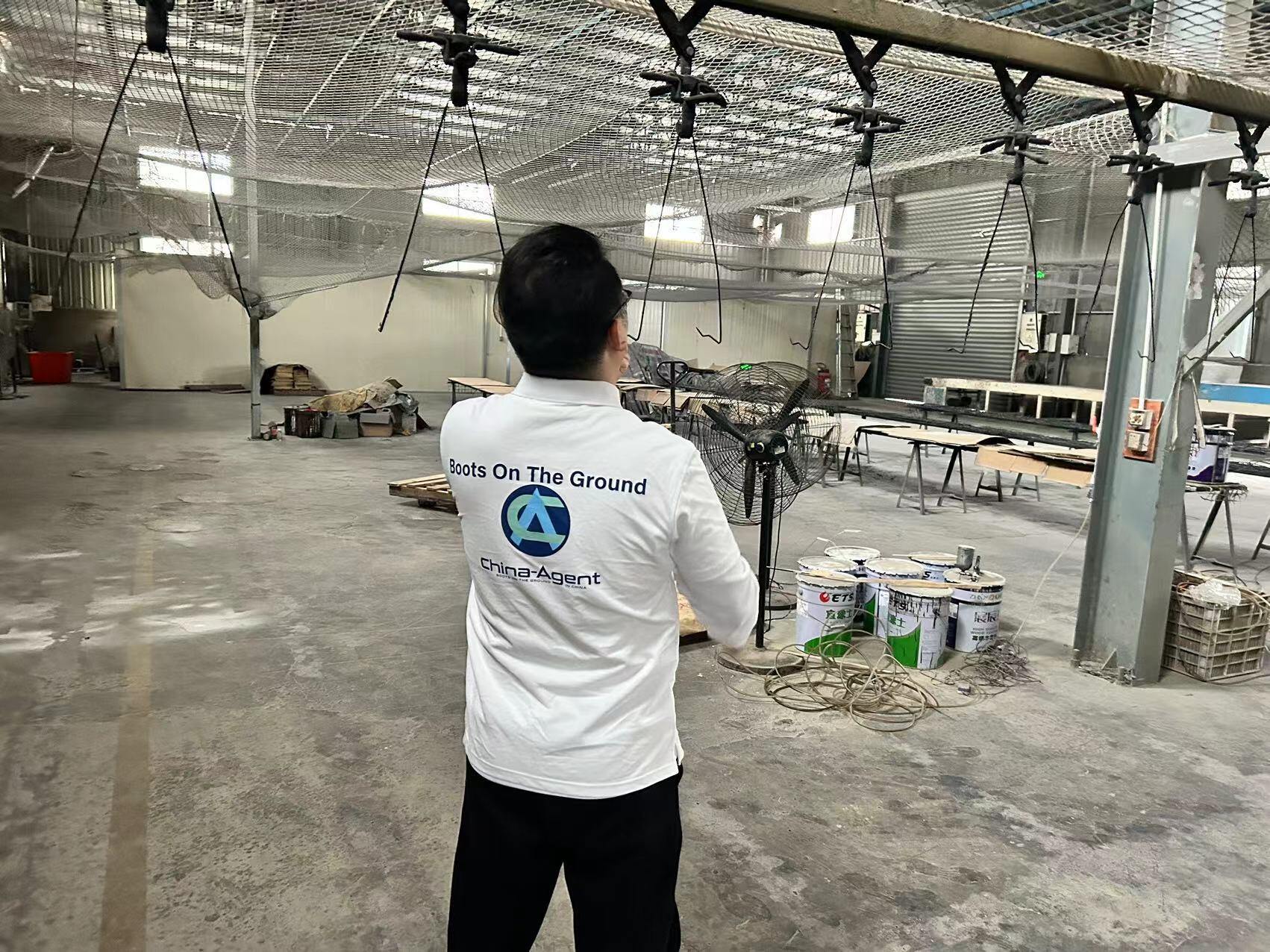China’s Economic Realities: A Bleaker Picture than the Stimulus Suggests
While recent reports have focused on the Chinese government’s large-scale stimulus package, local realities tell a much grimmer story. The economy is not just struggling to grow but is facing a myriad of issues that could fundamentally change the manufacturing landscape. As major global brands exit the country, and local conditions deteriorate, it is becoming increasingly clear that businesses relying on Chinese manufacturing need to rethink their strategies. Here’s a closer look at the core issues impacting China’s manufacturing sector today.
1. Labor Market Struggles: A Reluctance to Work
For years, China benefited from a large, cost-effective labor force. But the tides are changing. Today, Chinese factories face significant challenges in hiring workers, particularly younger generations. The "lying flat" movement, where younger workers reject the pressures of traditional work and choose to live more minimally, is growing. Factory owners are struggling to attract workers, and even when they do, the labor pool is shrinking.
A combination of rising living standards and changing attitudes means fewer workers are willing to endure the factory conditions that used to be the backbone of China’s economic success. Wages are rising as a result, and factories are increasingly finding it difficult to stay competitive without passing these costs onto their clients, further destabilizing the supply chain.
2. Local Government Debt and New Tax Burdens
One of the most significant but underreported issues is the financial state of local governments in China. Years of excessive borrowing for infrastructure projects have left many local governments on the verge of bankruptcy. The real estate sector, which once contributed significantly to local revenues through land sales, has collapsed, leaving local administrations scrambling for cash.
To bridge the gap, these governments are turning to businesses—especially factories—to make up the shortfall. New taxes and more aggressive enforcement of existing levies are squeezing factories, many of which were already operating on tight margins. For businesses relying on Chinese factories, these new taxes are directly impacting production costs. It's no longer just about cheap labor—factories are now being taxed into the red.
The potential for local government bankruptcies to cascade into larger economic challenges is real. If local administrations default on their debts, it could lead to further instability, as essential services and infrastructure maintenance fall apart.
3. Real Estate Crisis and Economic Instability
The real estate sector in China is in serious decline. Property developers, weighed down by huge debt burdens, are failing at an alarming rate. With fewer people buying homes and a significant drop in property values, this sector is no longer the cash cow it once was for the Chinese economy. Homebuyers are losing confidence, leaving unfinished properties and massive debts in their wake.
For factories, this is a double-edged sword. The real estate boom once provided consistent demand for construction materials, home furnishings, and consumer goods, but this demand is dwindling. Factories that once thrived on domestic real estate-related consumption are now facing steep declines in orders, exacerbating their financial pressures.
4. The Exodus of Major Brands
Perhaps the most telling sign of China’s economic decline is the increasing number of major global brands leaving the country. Once lured by low costs and high production capacity, these companies are now finding that the risks and challenges outweigh the benefits. Rising labor costs, geopolitical tensions, and the increasing unpredictability of Chinese regulatory enforcement are driving brands to shift their manufacturing elsewhere.
Brands like Apple, Samsung, and several leading fashion houses have already started moving production to other Asian countries such as Vietnam, India, and Bangladesh. This trend shows no sign of slowing down, as more companies follow suit, seeking greater stability and lower costs outside of China.
For those that remain in China, the situation is precarious. Factories are losing key contracts, and the shift away from China is happening faster than many anticipated. This is leaving factories under-utilized and struggling to stay profitable in the face of rising operational costs.
5. New U.S. Customs Restrictions: Another Blow
As if the internal pressures weren't enough, international trade relations are also dealing a significant blow to Chinese manufacturing. U.S. Customs has implemented tighter restrictions on imports from China, particularly products linked to forced labor and human rights abuses in regions like Xinjiang. These new restrictions mean that companies importing goods from China now face increased scrutiny, tariffs, and in some cases, outright bans on certain products.
This is having a direct impact on the ability of Chinese factories to export to the U.S., one of their largest markets. For businesses relying on Chinese suppliers, these restrictions can lead to delays, additional costs, and the potential for reputational damage if their supply chains are found to be connected to unethical practices.
Conclusion: The Real Costs of Doing Business in China
For businesses that have long relied on Chinese manufacturing, these challenges signal a fundamental shift. Rising labor costs, an overburdened tax system, a collapsing real estate market, and the exodus of major brands all point to one conclusion: China is no longer the go-to hub for cost-effective, reliable manufacturing.
At China Agent Ltd, we understand the complexities of the current Chinese manufacturing environment. We’re not just observers; we’re on the ground, helping businesses navigate these tumultuous times. Whether it’s mitigating the risk of new tax policies, helping find alternative suppliers, or managing labor challenges, we have the expertise to guide our clients through these transitions.
China is changing, and so must the way businesses approach manufacturing there. With the right strategies in place, companies can still find success, but it requires a deep understanding of the new landscape. No inspection, no load.
By recognizing these shifts and acting accordingly, businesses can protect their supply chains and stay competitive in a rapidly changing global market.




